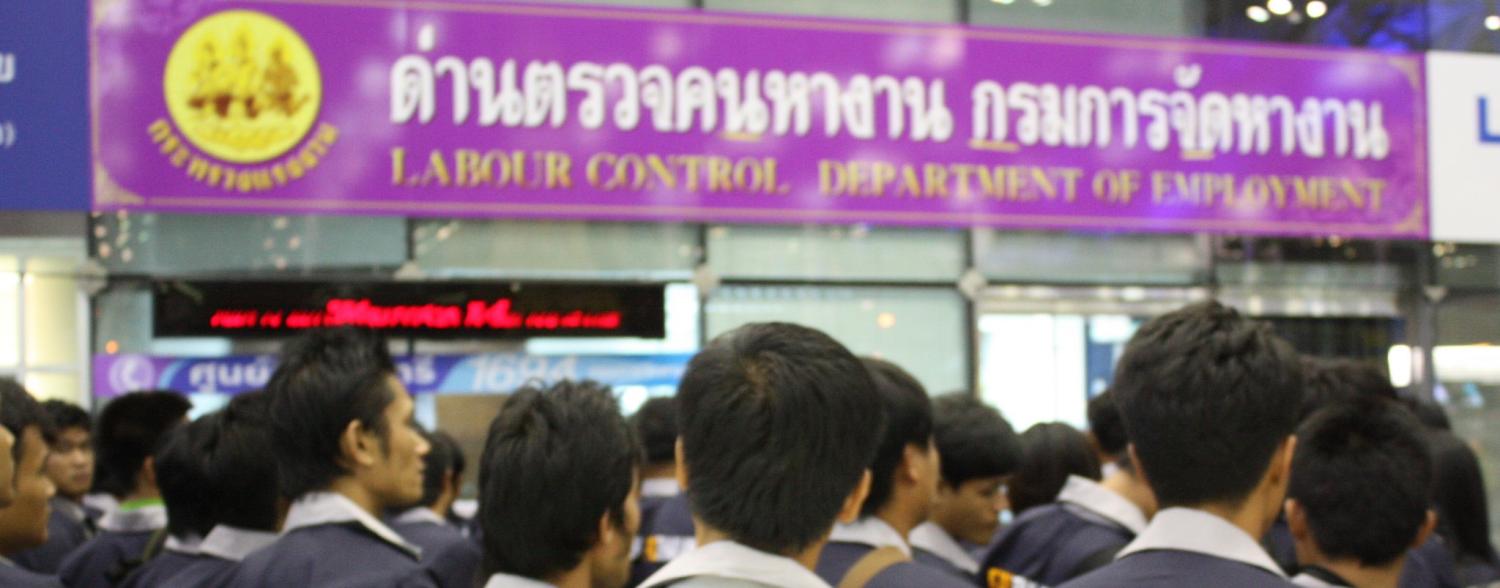Recently we were presented with duelling pictures of skilled immigration. On the one hand, we have this news report about China making it easier for highly educated migrants to stay. This is a reminder that countries compete aggressively for foreign talent and for good reason, with studies showing that highly educated migrants contribute disproportionately to patenting activity, economic growth, and entrepreneurship. So why then are there still substantial barriers to mobility, as outlined in this report from the Migration Policy Institute on ASEAN countries, which suggests considerable institutional impediments remain, even among neighbouring countries, and even in professions notoriously subject to skill shortages, such as medicine and engineering.
In part at least this apparent contrast in aims and outcomes reflects the fact that highly educated migrants - and often those who are not-so-highly educated - have to contend with two intersecting but generally un-coordinated areas of policy-making.
The first of these is immigration policy. Immigration departments, broadly speaking, cater for the orderly management of population inflows, but in countries that operate a selective immigration policy, like Australia, Canada and New Zealand, they also decide whether applicants meet the stated selection criteria. They ultimately determine migrants’ skill composition, which they regularly review using research covering economic and other aspects of integration.
The second area is labour market policy. In the case of migrants, employment departments guarantee legislation and established practices are respected, ensuring migrants’ employment reflects the laws of the country, and that they have access to the same rights and responsibilities enjoyed by natives. Employment departments are therefore the natural regulatory reference point to oversee whether or not the skills brought by highly educated immigrants are efficiently used, and if intervention is necessary.
This division of responsibility between immigration departments- who seek to attract foreign talent - and employment departments - who seek to ensure its efficient usage - may however generate discrepancies if the two operate independently from each another. This may especially be so when employment regulation is left under the control of professional associations granting licenses to operate certain professions. These licensing bodies typically self-regulate and may pursue other priorities than ensuring the efficient use of foreign born and trained professionals’ skills.
Professional associations exist to maintain a high quality in the services delivered and as a form of protection for the public against incompetent practitioners. Since government in practice cannot know the quality of each practitioner operating in the country, it delegates screening and the enforcement of minimum standards to professional associations and the expertise of their members. However, both historical and more recent empirical evidence shows occupational licensing generates benefits for insiders that are well over the cost of providing the service, with no detectable effect on the quality of the services delivered. This effect has been demonstrated in studies on licensed occupations carried out by physicians, cosmetologists, midwifery, dentists, accountants, teachers, manicurists, lawyers, and radiologists to name a few.
In the case of labour mobility, occupational licensing appears to reduce the within-country mobility of certain categories of workers. The jurisdiction controlled by professional associations is local (typically state-based for federal countries such as the United States and Australia), and different jurisdictions do not automatically recognise qualifications and memberships granted by another. This results in the internal migrant having to reapply to practise their profession in the place of destination, causing over-supply and skill shortages at once, as is apparently occurring within the ASEAN.
In this analysis, Peterson, Pandya and Leblang found that tightening requirements for migrant physician licensing in the United States over the period 1973-2000 reduced the inflow of new migrant physicians. The migration rate of foreign-educated physicians was higher in states where occupational licensing was less restrictive. In my own work, I have found migrants previously working as professionals disproportionately choose to work in non-licensed occupations after migrating to Australia.
Mobility for some highly educated migrants appears to come at a high price. This potential problem may not be severe, as the skills of these migrants are partly transferred to other jobs, from which they earn salaries and pay taxes. Yet, the often-cited extreme case of engineers with a PhD working as taxi drivers illustrates that efficiently using migrants’ (and natives’) human capital matters to society: it affects the volume and quality of services provided, as well as the personal well-being of the doctors, nurses, lawyers, engineers, scientists, and educators providing these services.
So, what could be done to align attracting foreign talent with its efficient use in the labour market? There is no easy answer, though recognising the potential dangers of migration and employment policies that ‘go it alone’, while seeking opportunities for exchanges and interactions between these two areas of policy-making is a step in the right direction.

